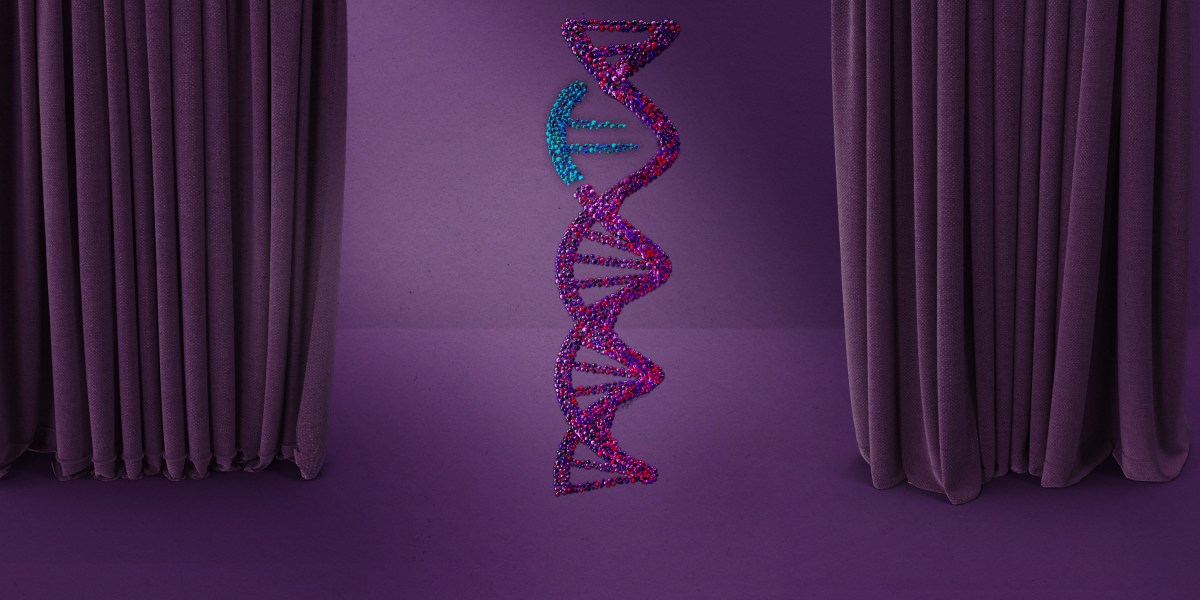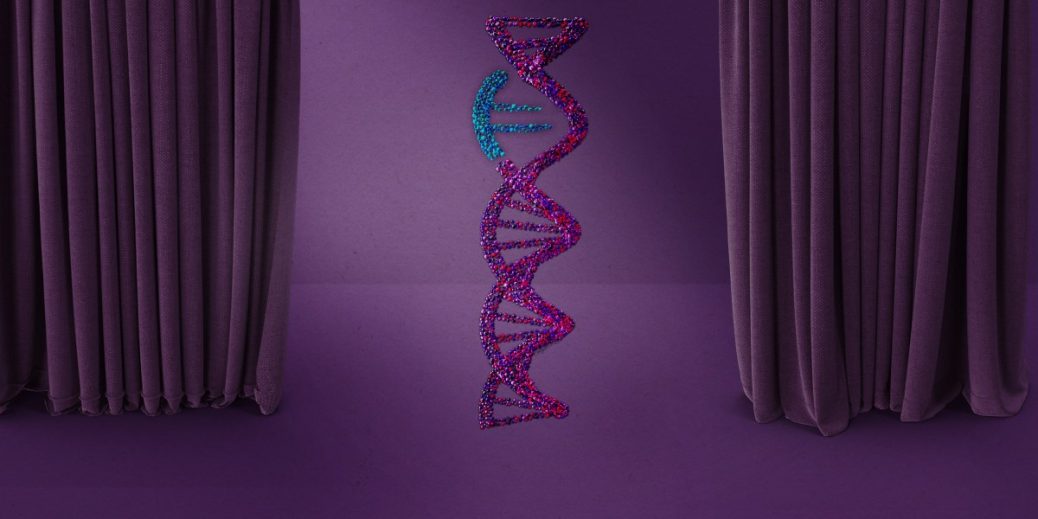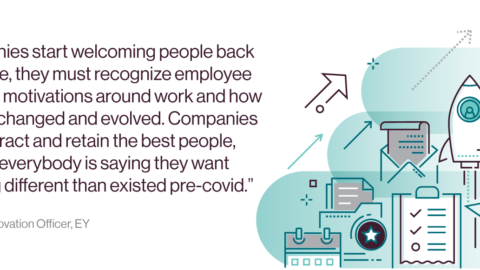
It really shouldn’t have come as a surprise. Perhaps no technology has more power to transform medicine, and its vast potential is just beginning to be realized. Gene editing can be used to delete, insert, or alter portions of our genetic code. We’ve been able to modify DNA for years, but newer technologies like CRISPR mean that we can do it faster, more accurately, and more efficiently than ever before. In 2023, we saw the first approval of a CRISPR-based gene-editing therapy. And many more are to come. So let’s take a look at the developments that made news this year. What is the promise of gene editing, and what are the current pitfalls?
Lucky breaks and next steps
Casgevy, the first CRISPR therapy, has already been approved in the UK and US to treat sickle-cell disease. And it’s now on the cusp of approval in the European Union. Sickle-cell disease is caused by a mutation in the hemoglobin gene that leads to a characteristic crescent moon shape of the red blood cells. The treatment doesn’t address the underlying cause of the disease; instead, it disables another gene, one that hampers production of a type of hemoglobin that people normally produce only in the womb and as babies. With that gene out of commission, production of this second type of hemoglobin resumes. The therapy works because cells with fetal hemoglobin won’t form sickles. You can read more about the fascinating backstory on the development of Casgevy in this story by my colleague Antonio Regalado.
Why go at it in this roundabout way? Current versions of CRISPR work best as a pair of scissors, creating snips that disable genes. That limits its usefulness. New versions of CRISPR will allow researchers to alter the genetic code or even insert new genes, which will make it possible to address a wide variety of genetic diseases.
Verve Therapeutics, for example, is testing an approach called base editing. Jessica Hamzelou covered this technique in depth in this story in January: “There are four DNA bases: A, T, C, and G. Instead of cutting the DNA, CRISPR 2.0 machinery can convert one base letter into another. Base editing can swap a C for a T, or an A for a G.” According to Kiran Musunuru, cofounder and senior scientific advisor at Verve, “It’s no longer acting like scissors, but more like a pencil and eraser.”
Verve’s therapy, now being tested in a small clinical trial, swaps out a single base in a gene for a protein called PCSK9, which is linked to high cholesterol. (The therapy was one of MIT Technology Review’s 10 Breakthrough Technologies 2023.) That change disables the gene, which means that the body makes less PCSK9 and cholesterol levels fall. In November the company announced interim results: a single injection of the therapy reduced LDL levels in the blood by up to 55% in 10 people with a genetic condition that causes high cholesterol.
CRISPR 3.0, which allows scientists to replace bits of DNA or insert new chunks of genetic code, is still being tested in animals. One company, Prime Medicine, plans to seek FDA approval to launch a human trial of a treatment for chronic granulomatous disease, a genetic immune disorder, in 2024 .
Pitfalls remain, at least for now.
The only approved CRISPR therapy isn’t a simple fix. Patients have to undergo a bone-marrow transplant: after chemotherapy to destroy their faulty cells, stem cells are extracted, edited in the lab, and then reinfused. Jimi Olaghere, one of the few people to have received the therapy, wrote about how arduous this was. The cell collection process left him so weak he needed blood transfusions. And the chemo meant “dealing with nausea, weakness, hair loss, debilitating mouth sores, and the risk of exacerbating the underlying condition.” All told, he spent 17 weeks in the hospital.
Given the complexity of the treatment, you won’t be surprised to learn that it’s expensive—it costs an estimated $2.2 million. That price tag means it’s out of reach for many, especially people in low-income countries.





Recent Comments